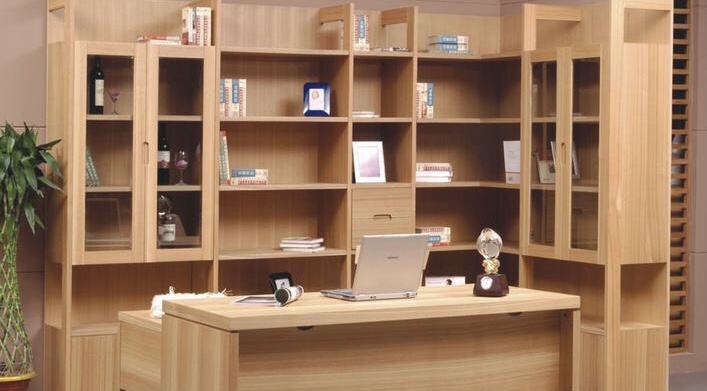Analysis and solution of 13 common problems in edge banding hot melt adhesive!
In the process of using glue, due to changes in various situations, various problems will be encountered. To solve these problems, it is necessary to have a comprehensive understanding and comprehensive analysis of various factors. To understand clearly:
Temperature (substrate temperature, glue tank, glue roller temperature, ambient temperature), humidity (environment, sheet), thickness (edge banding, glue application), speed (opening, curing, feeding), surface degree (opening) Accuracy, roughness), pressure (size and direction), mechanical force (cutting force size, direction), and then specific analysis based on specific issues:
1. Loosen after bonding
1) The unqualified melamine seal bottom releases substances that cause degumming
2) Unqualified PVC edge-sealing primer (medium) is not compatible with hot melt adhesive
3) The oily veneer edge is bonded with incompatible hot melt adhesive
4) When the veneer edge is used as a primer, the ratio of thinner or other thinner is too large, and the thinner is too strong, which will cause the hot melt adhesive to swell, and then the adhesive edge will be bonded and then loosened.
5) The cause is caused by the hot melt adhesive being cold (rapidly cooling down) during the bonding process. Stable bonding conditions (including temperature, pressure, and working speed, etc.) should be maintained, otherwise the bonding effect will also be affected. The reasons for the cold bonding (rapid cooling) are as follows: ①The heating time of the hot melt adhesive during the bonding process is too short, so that the temperature of the hot melt adhesive fails to meet the requirements
②The use temperature of hot melt adhesive is too low
③Insufficient amount of glue
④The temperature during work or construction site is too low
⑤The substrate temperature is too low

2. "Glue filaments" are produced when glue is applied
1) The set temperature of the glue applicator is too low
2) The hot melt adhesive has deteriorated before use
3) Improper glue application procedures and methods (excessive glue application)
4) The temperature difference between outdoor and indoor (construction site) is large, and the convection of air can easily change the ambient temperature (especially in winter). 3. Contamination on the edges or excessive adhesion of glue
1) Excessive glue
2) Mechanical failure in the trimming program
3) Improper glue application position
4) The set temperature of the hot melter is too high. 4. The coating machine has insufficient or uneven glue
1) During the pre-melting process of the glue applicator or at the glue outlet, the glue is blocked, which may cause uneven glue application
2) The operating load capacity of the machine is not enough, so the adhesive melts completely
3) The temperature setting of the fuser is too low 5. Excessive smoke or odor appears
1) The set temperature is too high
2) Incorrect mechanical current device
3) Malfunction of the thermostat of the glue applicator
4) Heater failure
5) The hot melt is not clean and mixed with other impurities or dust. 6. The hot melt adhesive is seriously discolored
1) Contaminated, forming oxidation
2) The material deteriorates after being heated or high temperature
3) The fuser works for a long time without edge banding operation

7. When the trimming procedure is performed, the edge banding is easy to fall off
1) The glue is too thin
2) The material is too cold or damp (especially when it has just been glued)
3) If the glue line is clearly visible and shows the pattern of the glue roller, the temperature of the glue roller may be too low
4) The conveyor belt speed is too slow
5) The ambient temperature or material temperature is too low (working below 15°)
6) Insufficient pressure 8. The initial position and position of the edge banding are not ideal
1) The roller pressure roller needs to master the skills to make adjustments, and extend the position to increase the roller pressure.
2) The 5cm position at the beginning or the end of the glue roller glue surface is often unsatisfactory, because the pressure of the rubber roller is prone to insufficient pressure at the head and tail positions, and the rubber roller and the panel are prone to beating when it is in high-speed production. . 9. The effect of bonding the two sides is good on one side and bad on the other side
1) Poor contact between the panel (substrate) and the pressure roller
2) The uneven application of glue causes the glue to ooze out, which hinders the edge banding process
10. Intermittent bad adhesion
1) The liquid state temperature of the hot melt adhesive is too low
2) When the adjustment speed of the edge banding machine is too fast and the amount of glue applied is too high, the hot melt cylinder fails to melt the hot melt glue in time, resulting in uneven glue application
3) The temperature of the fuser is unstable. 11. The sealing edge appears to be separated soon after bonding.
1) The temperature of hot melt adhesive, edge banding, substrate, cargo or pressure roller is too high
2) The temperature (room temperature) of the construction environment is too high
3) Excessive amount of glue
4) The humidity of the edge banding or the substrate is too high
5) The base material and the edge banding itself contain resin (oily) ingredients, so the adhesive force is reduced, which most often occurs in the process of using veneer/solid wood edge banding. 12. There are flower marks on the edge banding surface
1) The edge banding material is too thin and the surface wear resistance is weak
2) The edge of the panel is rough
3) The adhesive film lacks elasticity

13. There is a pen tip shape or bulge on the surface of the edge banding
Because the hot melt adhesive has been contaminated by dust particles or wood debris, it will appear uneven after pressure, so it is necessary to ensure that the hot melt is clean.


